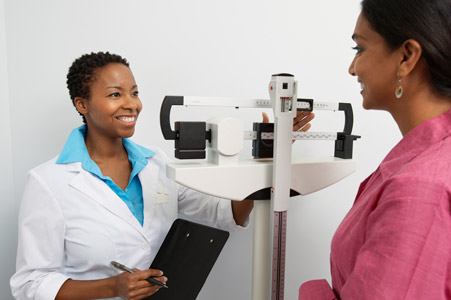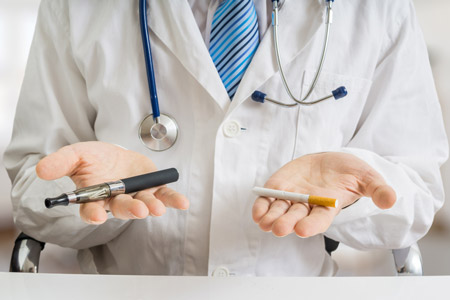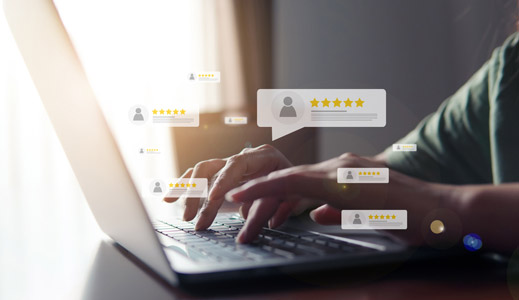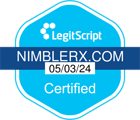


Tools and Techniques for Monitoring Your Progress on GLP-1 Medications
Many patients have turned to GLP-1s to help manage their blood sugar levels, weight loss, and other important health metrics. These medications can be a game-changer for so many people looking to take steps forward on their journey to wellness, but it’s important to understand that, as with any treatment plan, these treatments require dedication, consistency, and some diet and lifestyle adjustments as decided by patients and their providers.
It’s crucial that patients monitor their health metrics, weight, and possible side effects when taking these medications to ensure that they are working for them and to determine if any adjustments are needed. When on GLP-1 medications, doctors and pharmacists need feedback from patients to understand their full experience with the drug and make informed, thoughtful recommendations as to the best course of treatment moving forward.
If you’re new to taking GLP-1 drugs it can be overwhelming to determine what to track — so here are a few ideas on what to monitor, track, and look out for on your journey with GLP-1 medications.
Take Advantage of Technology
Understanding the efficacy of most treatments relies on gathering data — and technology can help you get consistent health data without going into the doctor’s office.
The most obvious technology to use for those who are looking to manage their blood sugar levels would be glucose monitoring systems. There are both traditional, finger prick systems on the market, but scientific advancements have led to ultra-convenient, continuously monitored devices that remain on 24/7 and puncture the skin to get a reading. Many of these more advanced, continuous systems also come with apps where you can track your levels and share these findings with your physician.
GLP-1 medications work best when combined with a healthy diet and lifestyle modifications. An important part of being the healthiest you can be is getting the right amount of exercise as determined by your doctor. There are tons of fitness tracking apps and wearables available to help you watch your progress and meet the goals you set for yourself, such as steps taken in a day, minutes of cardio exercise at a sustained heart rate, and more.
Track How You’re Feeling with a Health Journal
Every patient’s experience on GLP-1 medications is going to be different, but there are a few common side effects that patients can typically experience.
It’s important that you record your experiences, both positive and less so, while you complete your treatment. These notes can help your provider to understand if you can make potential lifestyle changes to minimize side effects, or even if you need to potentially change which GLP-1 you administer. Give your physician the most complete amount of context by starting a health journal to note down exactly how you’re feeling over the duration of your treatment.
Schedule Regular Check-Ins and Reports with Your Providers
After you’ve collected your health data and journaled your complete experience, the next step is to have regular check-ins and reports with your doctor or pharmacist.
Your health journey isn’t one size fits all, so it’s important to make your experience with GLP-1s an ongoing process and conversation rather than just a one-time discussion.
The information on this site is for informational purposes only and should not replace direct medical advice, diagnosis, or treatment from your doctor or another qualified healthcare provider.
Sources:
“GLP-1 Agonists.” The Cleveland Clinic.



















.jpg)





















.jpg)








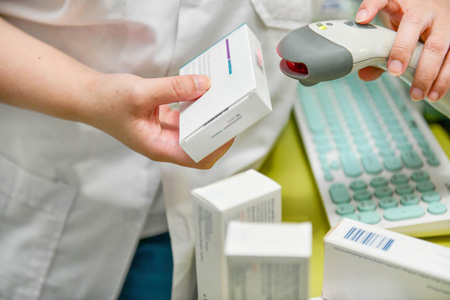
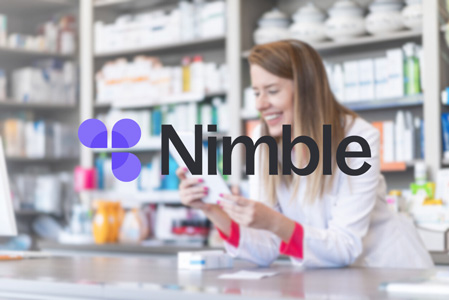



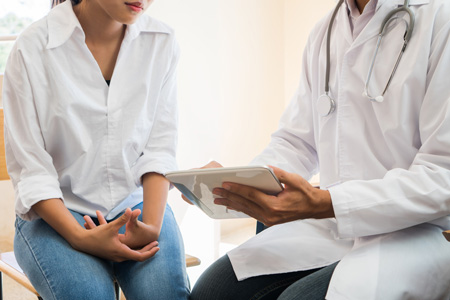



.jpg)




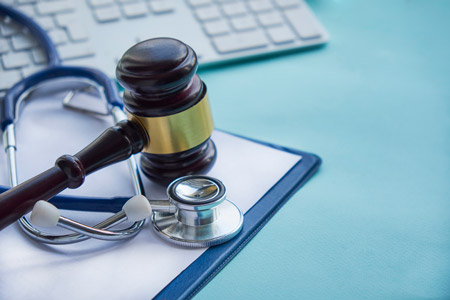

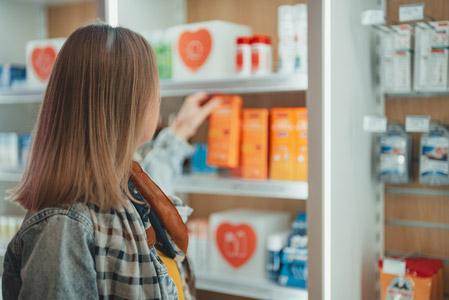



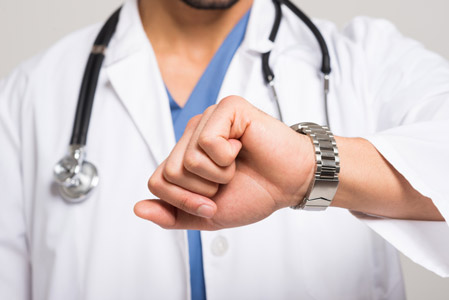







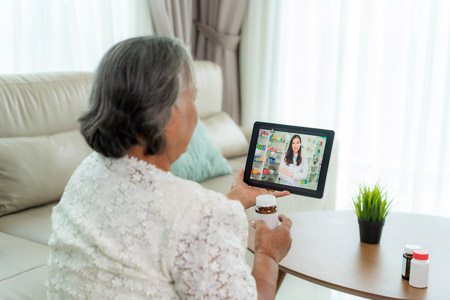



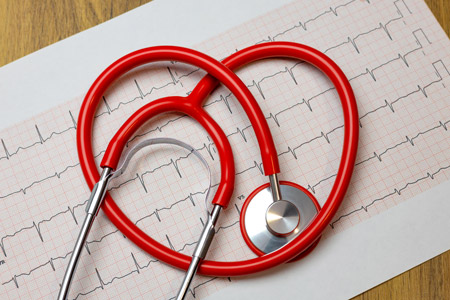



.jpg)
.jpg)
.jpg)


